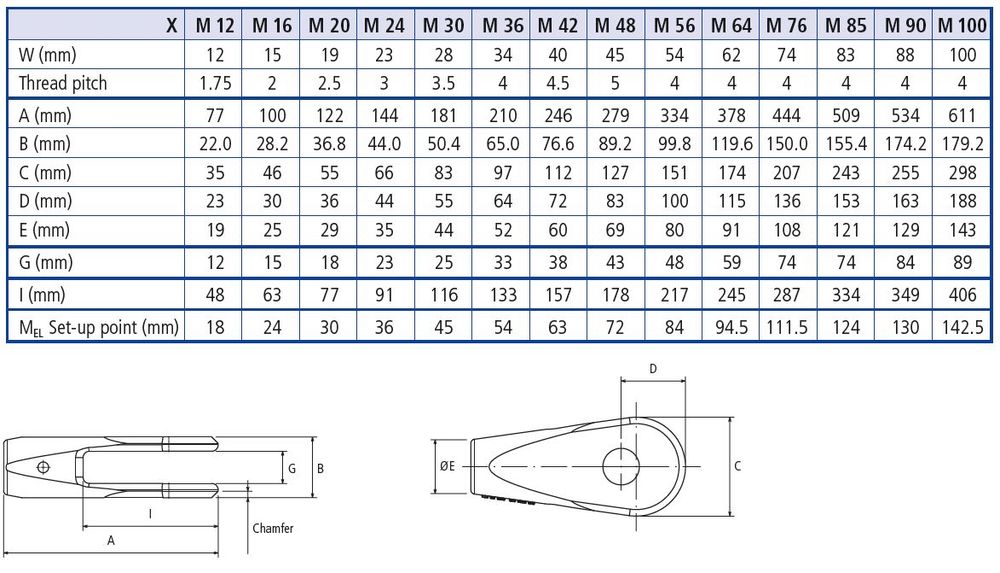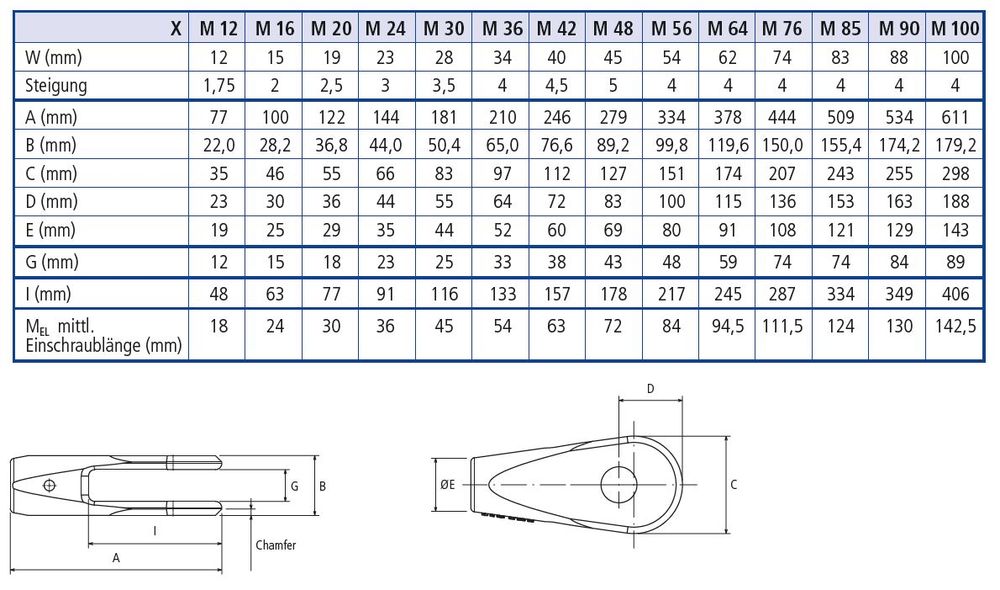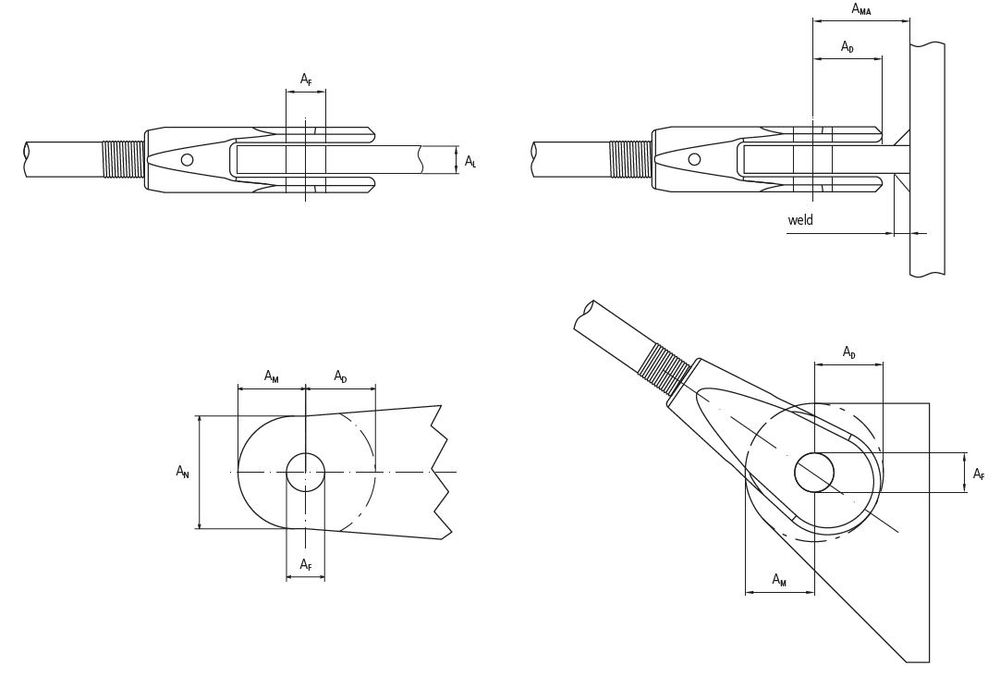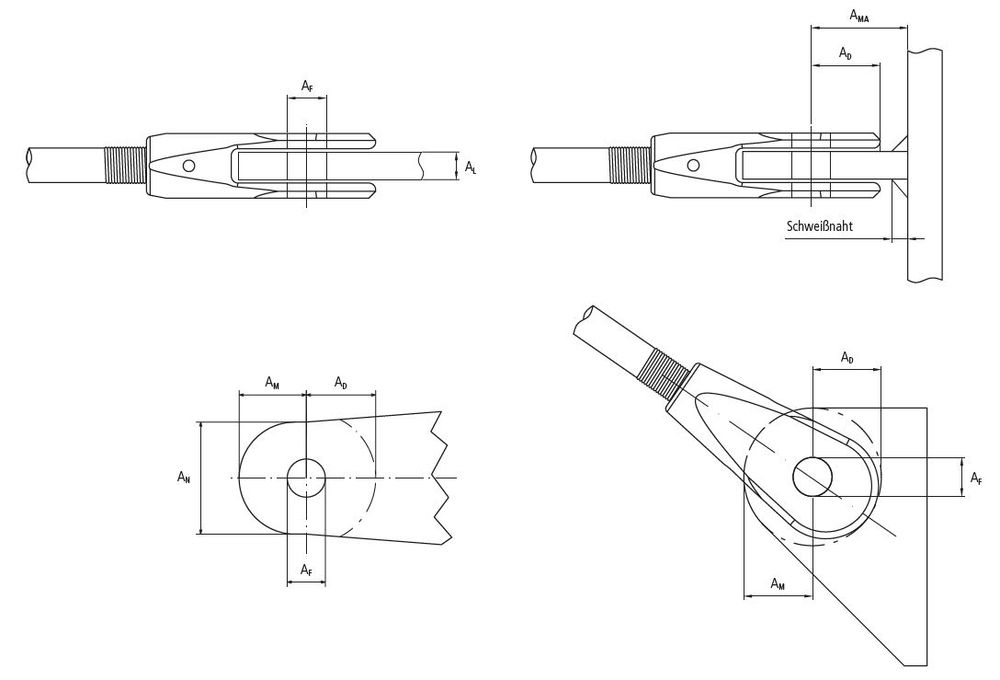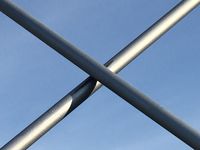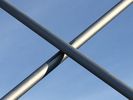System versions
For tensioning behind fa?ades, tensioning under trusses, anchoring pylons or suspending porch roofs, the numerous possible implementations of the HMR 750 tension rod system support quality architectural solutions for virtually all applications.
Basic versions
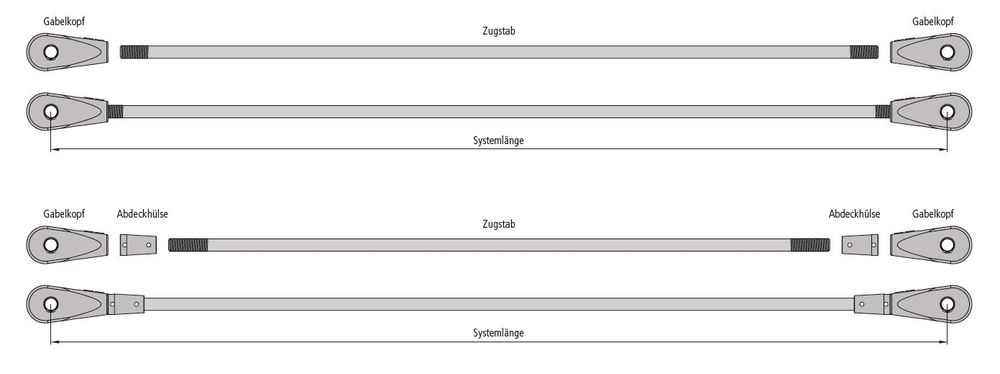
System with sleeve or sleeve with wing
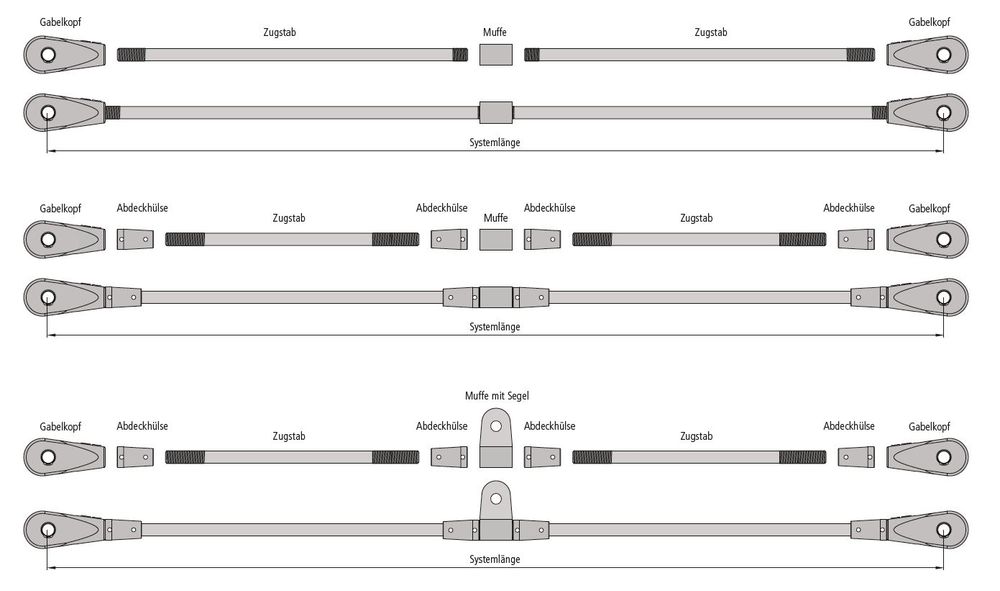
System with turnbuckle
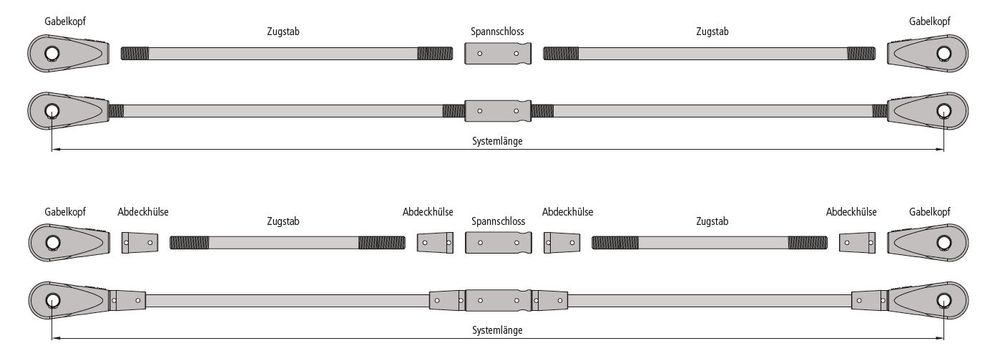
Cross bracing
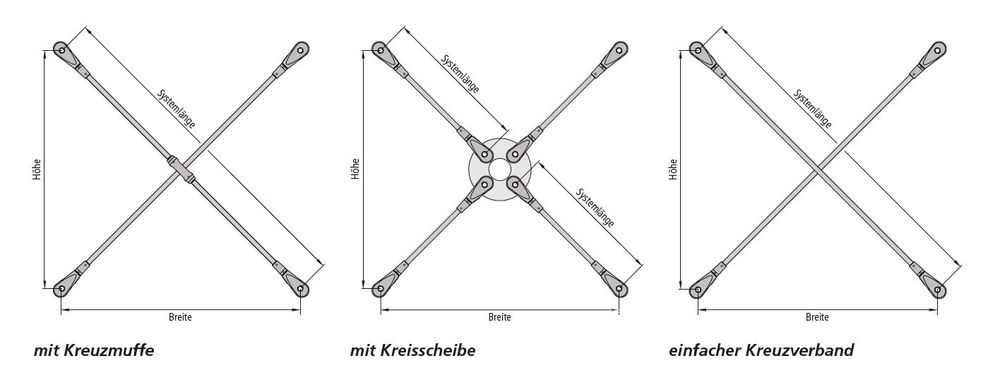
The slim and elegant design of our system components guarantees a smooth transition to the tension rod.
This allows a perfect fit into any form of architectural concept such as steel, timber and glass façade constructions.
Our system components are: fork, pin with circlip, pin with washer, Tension rod with rolled threads, lock cover, coupler, turnbuckle, gusset plate and cross bracings.
Gusset Plates
Tension rods are attached by sliding a gusset plate, which,
in turn, is fastened to the structure in between the fork end
connectors. The fabrication of gusset plate connections are
subject to static and structural requirements. The design
should be in line with dimensions as shown in table 10.
The plate should be fabricated in grade S355J2+N material in
accordance with DIN EN 10025.
The tension bar is attached to the beam via the joining plate. The joining plates are made according to static and constructive requirements but the specifications for joining the fork head in the following table must be considered. The material must comply with quality S355J2+N according to DIN EN 10025.
As part of our portfolio HMR Jacob can offer
fabricated gusset plates and unique design solutions.
Furthermore, we supply a broad range of products
within the steel construction sector.
HMR Jacob offers individual manufacture and supply of joining plates and special construction solutions on request.
WE also stand out due to a wide range of products and manufacturing in the area of Steel construction.
HMR Jacob offers the custom fabrication and delivery of connecting plates and special structural solutions on request.
We also offer a broad product and production range in the field of steel construction .
Cross Bracings
Cross bracings are a very common form of construction.
Cross bracings provide stability to a structure and have the ability to resist horizontal forces. HMR tension rod systems can be used in a variety of ways and lend themselves to a variety of structures.
To ensure the stability of a load bearing construction bracing systems are needed to stabilise the structure against horizontal forces. HMR tension bars can be used in various possible construction types as bracing and fit harmoniously into every structural construction.
Components such as connection discs or cross couplers
provide attractive connection solutions for bracing
applications. HMR cross couplers offer a more cost-effective
and streamlined alternative by minimising the number
of fork connectors required.
System components like circular discs or cross sleeves allow attractive and central connections at node and cross-points. HMR cross sleeves offer primarily a cost-effective alternative as the number of fork-heads is minimized using this component.
When selecting a bracing system it should be taken into consideration that bracings using no connection should be avoided. The reason is to prevent bending moments on the fork end connectors and gusset plates and causing surface damage (see figure right). If tension rods can be offset from each other this will allow the bars to be crossed.
Cross-connections without specially provided system components like circular discs or cross sleeves should be avoided. If this solution can be accepted for thin, very long connecting rods, the bend in the rods for short and relatively large thread dimensions can lead to the jaws of the fork head being subjected to a non-permissible moment through sideways loads.

